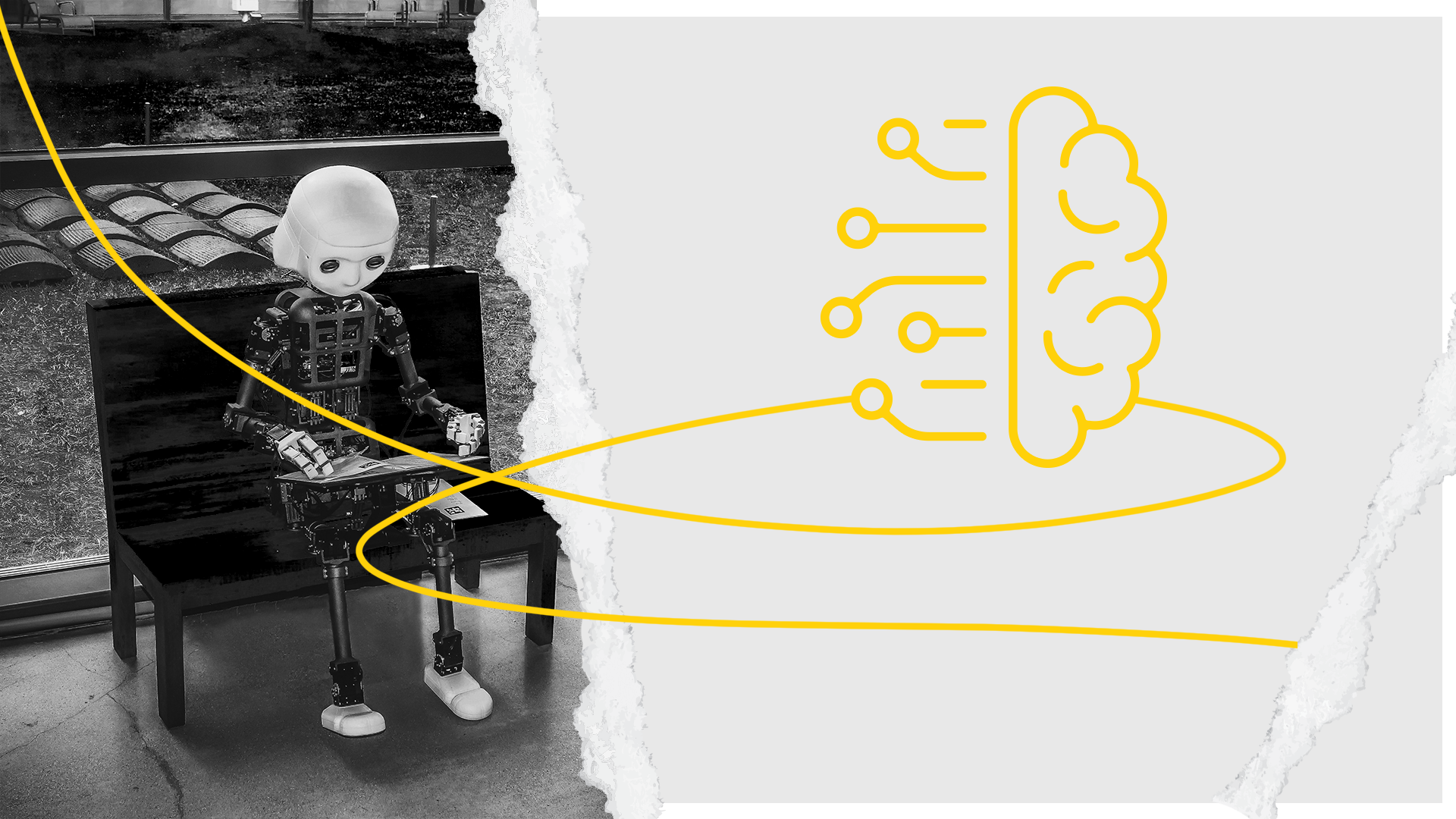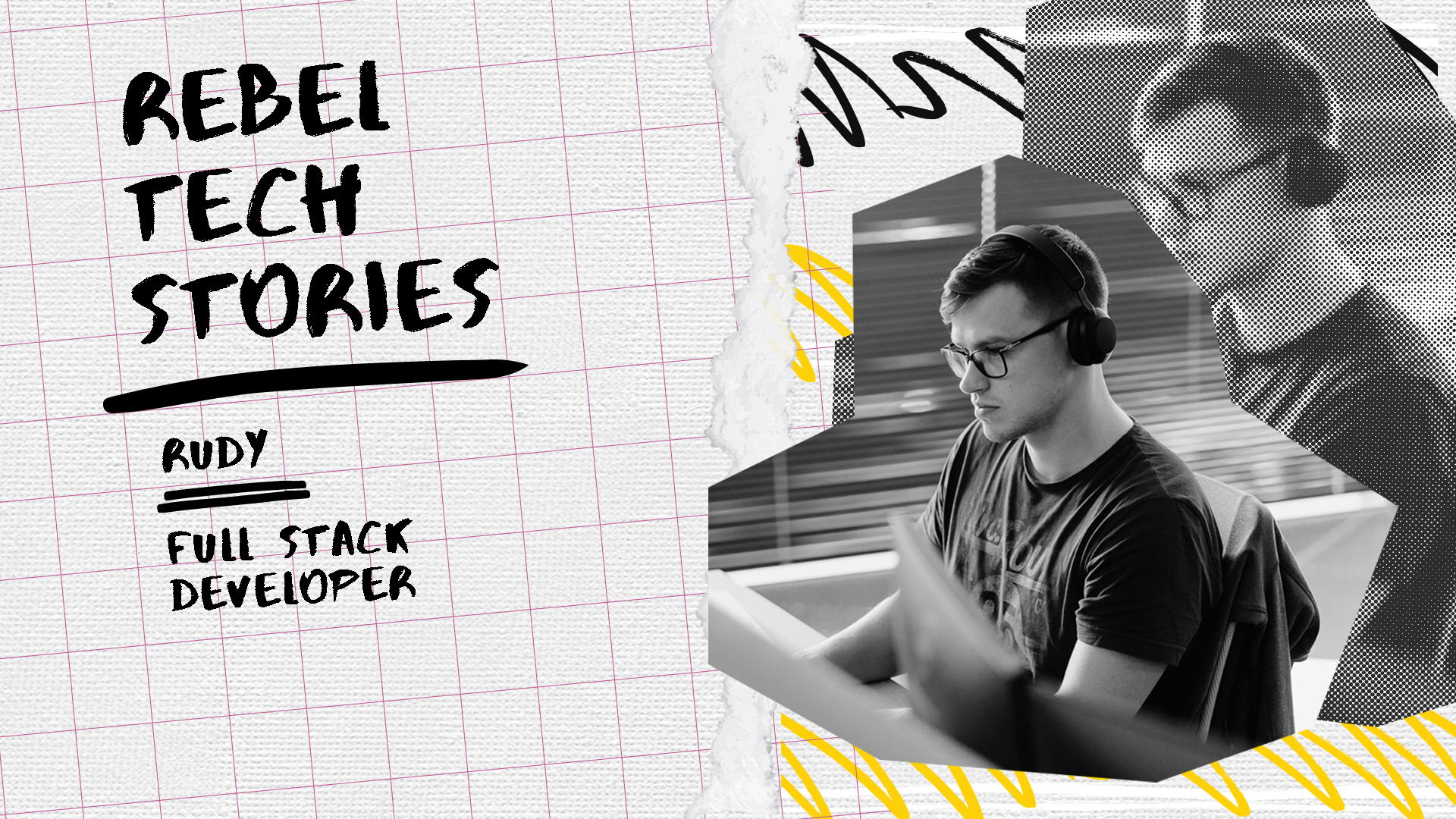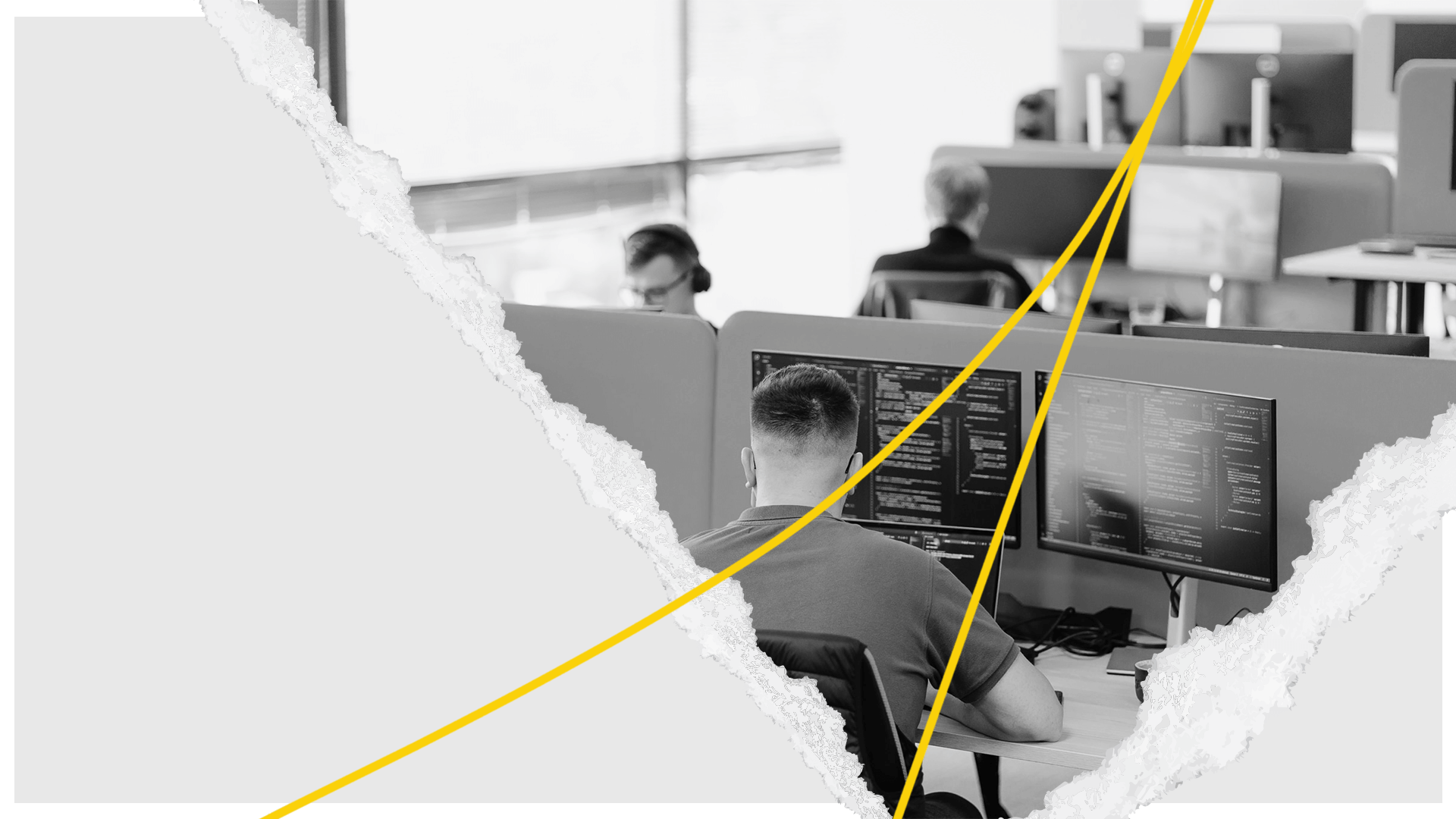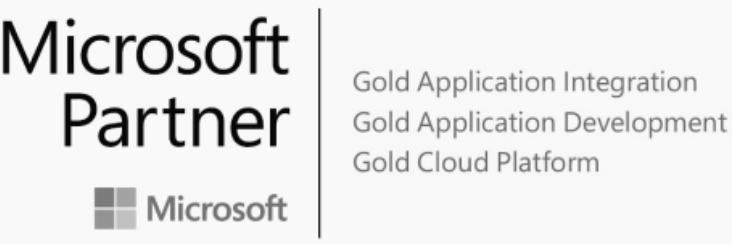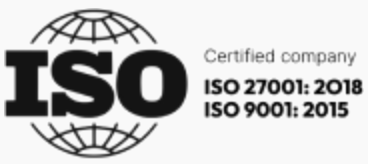In today’s rapidly evolving digital landscape, choosing the right technology partner can make all the difference between success and failure for your project. With a plethora of options to choose from, understanding the differences between software development companies and product development companies is crucial to ensure you’re making the best decision for your specific needs. As a leading product development company, RebelDot is uniquely positioned to help you navigate this complex landscape, whether you’re a startup founder looking to launch a digital product or a Product Manager at an established company aiming to digitalize processes.
This article aims to demystify the differences between software development companies and product development companies, providing you with valuable insights to make an informed decision when selecting your technology partner. We’ll cover everything from the core services offered to project management methodologies and industry expertise, all while highlighting RebelDot’s commitment to delivering exceptional product development services. By the end of this read, you’ll have a clear understanding of what sets product development companies like RebelDot apart from the rest, and why partnering with us could be the key to unlocking your project’s full potential.
Master the Key Terms: Software Development vs. Product Development Companies
It’s crucial to distinguish between software development and product development before exploring their differences. Software development involves creating, designing, programming, and testing computer programs or applications, tailored to specific client needs. Examples include crafting a mobile app, developing a web-based platform, or building a custom CRM.
In contrast, product development is a comprehensive process that includes software development and other vital aspects like user experience design, market research, product strategy, and ongoing management. A product development company, like RebelDot, adopts a holistic approach to deliver complete, market-ready solutions to its clients, from startups to established businesses.
Recognizing the distinction between software and product development companies is critical for choosing the right partner for your business. Software development companies specialize in technical aspects, while product development companies, like RebelDot, offer a broader scope of services and deeper involvement in your project.
Collaborating with a product development company ensures that the final product aligns with your brand, appeals to your target audience, and drives business growth. Instead of just providing functional code, a product development company conducts user research, crafts engaging content strategies, and offers ongoing support for your product’s success. By understanding these differences, you’ll be better equipped to choose the right partner for your unique needs and goals. Partnering with a company like RebelDot can inspire confidence and bring your vision to life, providing the expertise and commitment your project deserves.
The Core Difference between Software Development Companies and Product Development Companies
When choosing between collaborating with a product development company versus a software development company, it’s essential to understand the main differences to make the best decision for your business.
Scope of Services:
A software development company focuses on the technical aspects of building a digital product, such as coding and programming. They deliver the product you ask for based on your specifications.
In contrast, a product development company provides a comprehensive range of services, including UX/UI design, product management, and marketing, in addition to software development. Their multidisciplinary team works with you from ideation to launch, ensuring your digital product’s success in the market.
Client Involvement:
When working with a software development company, you act as the creative director, product manager, and market researcher, guiding the project and making crucial decisions.
With a product development company, you have a more collaborative partnership. Their team of experts helps you shape the business goals, deeply understand user needs, and develop a digital product that genuinely appeals to your target audience.
Focus on Business Impact:
Software development companies tend to measure success based on technical metrics like lines of code or story points, focusing on delivering a functional product.
Product development companies measure success by the business impact of the digital product. They optimize every decision throughout the process to maximize the product’s market potential and align with your overall business goals.
Adaptability and Skill Set:
A software development company may have limitations in expertise, which could result in having junior developers with less experience assigned to your project.
A product development company offers a multidisciplinary team that can adapt to your business’s changing needs, providing the right skill set for every stage of your growth.
Investment and Long-term Value:
A software development company might fit within your estimated budget, but the limited scope of services could lead to additional costs if you need comprehensive support for product launch and maintenance.
While a product development company may require a higher initial investment, they provide long-term value by ensuring a seamless development journey, market success, and ongoing maintenance of your digital product.
Moreover, by employing an Agile mean of collaboration, seeking fast product-market fit, these increased initial investments will translate into cut costs along the development process, as a product development company will constantly optimize based on real-time feedback from the market, hence saving time and valuable resources.
Define Your Goals and Objectives: Make the Right Choice for Your Digital Project”
When looking for a digital partner, being aware of your specific needs and goals will help you make the best decision for your business. Here are some examples and scenarios that illustrate the types of information and needs that a potential customer should consider when selecting a digital partner:
Project Scope and Features:
Clearly outline the scope of your project and the desired features for your digital product. This helps you assess whether a software development company, focused on executing your vision, can meet your requirements or if you need a product development company to provide additional support in refining your product’s scope and features.
Example: If you are planning to build a mobile app for your e-commerce store, consider whether you need only the basic functionalities (browsing products, placing orders, tracking shipments) or if you require more advanced features, such as personalized recommendations, in-app messaging, or integration with third-party services.
Market Research and User Insights:
Determine your level of understanding of your target market and user needs. If you have limited knowledge in this area, a product development company can help conduct market research, gather user insights, and develop a product strategy that resonates with your audience.
Example: If you are launching a digital health platform, you should understand the needs of both healthcare providers and patients. A product development company can help identify the pain points and preferences of these users, ensuring your platform addresses their needs effectively.
Design and User Experience:
Assess your in-house capabilities for UX/UI design and the importance of user experience for your digital product. If design and user experience are critical for your product’s success, partnering with a product development company that offers comprehensive UX/UI design services could be the right choice.
Example: If you are creating a fintech app that simplifies personal finance management, a user-friendly design and seamless experience are crucial to keep users engaged. A product development company can provide expertise in crafting a design that meets user expectations and sets your app apart from competitors.
Post-launch Support and Maintenance:
Consider the level of ongoing support and maintenance your digital product will require after launch. If your product needs regular updates, improvements, and troubleshooting, a product development company can provide end-to-end support and ensure your product remains competitive in the market.
Example: If you are developing a SaaS platform for project management, continuous updates and improvements will be essential to stay ahead of competitors and meet evolving customer needs. In this case, partnering with a product development company can help you maintain and scale your product effectively.
Experience Personalized Problem-Solving: Comparing Approaches of Software and Product Development Companies
When selecting a digital partner, it’s crucial to consider their approach to problem-solving, as this significantly impacts your digital product’s success. In this section, we will discuss the differences between the execution-focused solutions of software development companies and the comprehensive product development consultancy role played by product development companies.
Execution-focused Solutions:
As you explore your options, remember that software development companies concentrate on executing individual projects or digital products. They contribute to your company’s overall digital innovation by addressing technical challenges and developing features based on your specific requirements. If you have a clear product vision and in-house expertise for other aspects of the project, partnering with a software development company might be the ideal choice for you.
Software development companies are an integral part of the global IT services market, which was valued at $1.19 trillion in 2020, with a projected CAGR of 8.5% from 2021 to 2028 (Source: Grand View Research). This indicates a strong demand for technical expertise in executing digital projects. A 2019 survey by the Project Management Institute (PMI) found that 89% of organizations use some form of project management for software development, highlighting the importance of execution-focused solutions in the industry.
Comprehensive Product Development:
On the other hand, product development companies, focusing on all aspects of digital product development, work closely with you from ideation to launch, providing guidance and expertise at every step. Their multidisciplinary team ensures a well-rounded, market-ready product that addresses technical challenges, user experience, market fit, and overall success. A 2020 McKinsey study revealed that companies excelling in product development and management practices are 32% more likely to achieve higher revenue growth and 50% more likely to achieve higher total returns to shareholders, highlighting the value of a comprehensive product development approach. With a 2020 Gartner survey finding that 76% of organizations have increased investment in digital products and services, the growing importance of product development companies in the market is evident.
Uncover Cross-Industry Expertise: The Benefits of Diverse Teams in Software and Product Development
Industry expertise
When looking for a digital partner, it’s important to consider whether you need a company with industry-specific expertise or one that can provide cross-functional insights. Software development companies often specialize in specific industries, catering to the unique requirements and regulations of those sectors. For example, you may find a software company that specializes in healthcare, creating solutions that comply with industry-specific privacy and security regulations like HIPAA. Or you may find a software company that concentrates solely on Automotive, having a marketing offering consisting of in-house developed products as well as development capabilities for other By focusing on a particular industry, these companies gain in-depth knowledge and expertise that allows them to deliver highly specialized solutions for clients like you.
On the other hand, product development companies often work with cross-functional teams, which allows them to cater to a wider variety of industries. These teams consist of experts with diverse skills and experiences, enabling them to create innovative solutions that transcend industry boundaries. As a potential client, this broad experience allows you to benefit from best practices and insights from one industry applied to another, resulting in unique and competitive digital products that stand out in the market.
Tech Stack Specialization
As you search for a digital partner, remember that most companies, whether software development or full-product development, tend to have a specific tech stack around which they cater their services. By focusing on a specific set of technologies, companies can build expertise and deliver high-quality solutions within their chosen tech stack.
For example, at RebelDot, we chose to specialize in technologies such as .NET, React Native, Flutter, and A.I & Blockchain development. This focus enables us to provide you, our client, with cutting-edge solutions that leverage the strengths of each technology.
.NET offers a robust, scalable, and secure platform for web development, while React Native and Flutter enable the creation of high-performance cross-platform mobile applications. A.I & Blockchain development opens the door to innovative solutions in areas like data analysis, automation, and secure transactions. By concentrating on these technologies, we can offer a comprehensive and competitive range of services that cater to your diverse needs across industries.
In addition to our main areas of expertise, our engineers at RebelDot continually expand their knowledge by staying updated with the latest industry trends and broadening our tech stack. Some of these complementary technologies include Node.js, Angular, Amazon Web Services, Azure, and Firebase. Node.js is known for its efficient and scalable back-end development, while Angular excels in creating dynamic, responsive web applications. Amazon Web Services, Azure, and Firebase offer powerful cloud-based solutions for storage, computing, and various other services, ensuring your digital product can scale effortlessly and maintain high performance.
As we pride ourselves on our ability to adapt and grow, ensuring that we can consistently deliver exceptional digital products tailored to any specific needs, regardless of the industry, over the years we’ve worked on developing a diverse and ever-evolving tech stack. As a result, we became a reliable and innovation-driven technology partner, a product development company you can trust, ready to tackle any project and help you succeed in the digital landscape.
Foster Effective Collaboration: Agile Project Management in Software and Product Development companies
When working with a digital partner, effective collaboration and communication play a crucial role in the success of your project. The way software development companies and product development companies interact with you and your team can significantly impact the overall experience and outcome. Agile project management methodologies, which emphasize collaboration, flexibility, and customer feedback, can also shape the communication and collaboration dynamics in the project.
Software development companies typically have a more focused approach, concentrating on specific tasks within the project. Agile methodologies, which many software development companies employ, involve working in sprints—short, time-boxed iterations where the team focuses on completing a set of prioritized tasks. Regular meetings, such as sprint planning, daily stand-ups, and sprint reviews, are integral to the Agile process, ensuring clear communication and progress tracking. While this can lead to efficient execution, it might limit the scope of discussions and interactions, which could affect your ability to provide broader input on the overall product vision.
On the other hand, product development companies take a more comprehensive approach, involving you and your team in all aspects of the product lifecycle. This means that communication is more extensive, covering areas such as product strategy, design, user experience, and marketing, in addition to technical development. Agile principles are often applied in product development companies as well, but with a broader focus that includes multidisciplinary teams and a wider range of stakeholders. In this context, Agile practices such as sprint planning and reviews may extend beyond technical aspects to encompass other dimensions of the product development process. This collaborative approach ensures that all stakeholders are aligned on the product vision and goals, fostering a sense of ownership and shared responsibility.
Ultimately, the type of collaboration, communication, and project management methodology that works best for your project depends on your specific needs and expectations. Understanding the differences between the communication styles and methodologies of software development companies and product development companies, and the impact of Agile practices such as working in sprints and regular meetings, can help you choose the right partner for your digital product journey, ensuring a smooth and successful collaboration.
Optimize Your Investment: Exploring Pricing Models and Budgeting for Digital Projects
One of the most significant decisions you’ll need to make is selecting the right geographical region for your project. We’ll be focusing on Western and Eastern Europe, two regions with distinct characteristics and advantages. Western Europe has a long-established history in the software development industry, while Eastern Europe, where RebelDot is based, has emerged as a dynamic and rapidly growing tech hub. Both regions offer unique benefits and challenges, and understanding these differences is crucial when deciding on the best partner for your digital project.
When it comes to pricing models and budget considerations, it’s crucial to understand that costs can vary significantly between Western and Eastern Europe. Both regions offer software development and product development services, but the differences in labor costs, taxes, and general expenses can impact the final price you pay for your digital project.
In Western Europe, the cost of hiring a software or product development company can be higher due to higher labor costs and expenses. Small and medium-sized software development companies may charge between $100 and $200 per hour on average, while larger companies can charge between $150 and $300 per hour. On the other hand, Eastern European countries, known for their growing tech hubs, offer more affordable options. Small and medium-sized companies in Eastern Europe might charge between $40 and $80 per hour, while larger companies could charge between $80 and $150 per hour. Collaboration models with both types of companies can be either fixed-price, time and materials, or a mix of the two.
While budget considerations are essential, it’s also crucial to factor in the quality of work, the company’s reputation, and the specific expertise required for your project. Western European companies might have a longer history and more established reputation, but Eastern European companies have rapidly gained recognition for their skilled developers and cost-effective services. Ultimately, it’s essential to carefully weigh your options and choose a software development or product development company that best fits your needs and budget, regardless of the region.
Unlock Your Project’s Full Potential with RebelDot’s Expert Product Development Services
In conclusion, choosing between a software development company and a product development company ultimately depends on your specific needs and goals. While software development companies focus on executing individual projects with technical expertise, product development companies take a more consultative approach, diving deep into every aspect of your business idea to launch the best product for your target users. Each type of company has its own strengths and advantages, and the right choice for your business will depend on factors such as project scope, budget, and industry requirements.
If you’re looking for a product development company that offers a comprehensive, end-to-end solution for your digital project, consider partnering with RebelDot. As a trusted partner, we strive to understand your business goals and help you create innovative, market-ready products that resonate with your target audience. Our multidisciplinary team of experts will work closely with you to develop a tailor-made solution that fits your unique needs and objectives. With RebelDot, you can be confident in our commitment to delivering exceptional results and supporting you throughout the entire product development journey. Let’s work together to turn your vision into reality and create digital products that make a difference.


